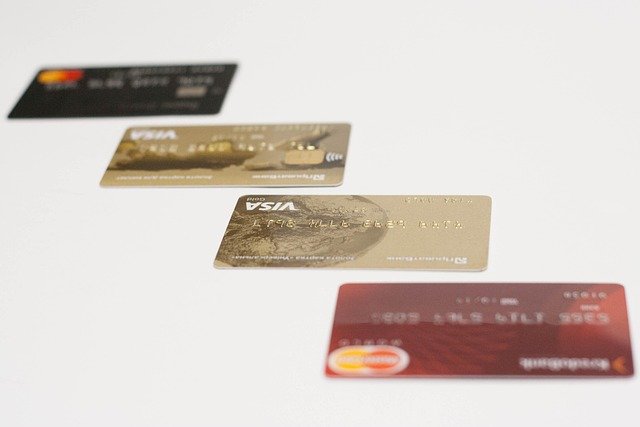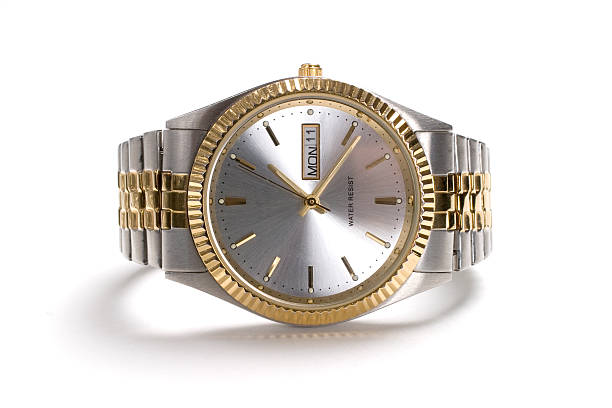Mastering Credit Cards: Practical Guide & Smart Tips
Discover how credit cards can simplify spending, protect purchases, and help build credit when used wisely. This guide explains rewards programs, APRs and fees, fraud protection, card types, and tips for picking the right card to match your habits. Learn to maximize benefits while avoiding common pitfalls with credit cards, including managing interest, minimizing costs, and safeguarding your account.

Credit cards are more than payment tools — they can provide convenience, security, and pathways to stronger credit when managed intentionally. This guide breaks down the main features, costs, security protections, and card categories so you can make informed choices and use plastic or metal cards to your advantage.
Key Features and Benefits
Modern credit cards come with a variety of perks that extend beyond the ability to buy now and pay later. Many cards include rewards programs such as cash back, airline miles, or points that can be redeemed for travel, statement credits, or merchandise. Additional benefits frequently include purchase protection and extended warranties that shield you from defective or damaged items, as well as travel-related protections like trip interruption insurance and lost luggage coverage.
Issuers also invest in fraud protection and account-management tools. Real-time alerts, spending categorization in mobile apps, and temporary card freezes make it easier to monitor activity and stop suspicious charges quickly. For frequent travelers or big spenders, premium cards may offer concierge services, airport lounge access, and other lifestyle advantages.
Understanding Costs and Fees
Using credit cards responsibly can be inexpensive or even cost-free if balances are paid in full each billing cycle. The primary cost when carrying a balance is the Annual Percentage Rate (APR), which represents the yearly interest charged on outstanding balances. APRs vary by card, applicant creditworthiness, and whether promotional rates apply.
Beyond interest, there are several potential fees to watch for: annual fees for certain rewards or premium cards, late payment penalties, balance transfer or cash advance fees, and foreign transaction fees when using your card abroad. Introductory 0% APR offers can be useful for large purchases or transfers, but you should always note when promotional periods end and what the ongoing APR will be.
To control costs, select a card that aligns with your spending: no-annual-fee cash back cards for everyday purchases, or travel cards with higher fees but richer travel benefits for frequent travelers. Always read the card agreement to understand fee structures and penalty rates.
Building and Protecting Your Credit
Credit cards are one of the most effective tools for establishing and improving your credit profile. On-time payments and low credit utilization — the percentage of your available credit that you use — are two major factors in credit scoring models. Keeping utilization below 30% (and ideally under 10%) and paying the statement balance on time each month supports a positive credit history.
Conversely, missed payments, carrying high balances, or opening many accounts in a short period can harm your score. Responsible card use can improve access to lower interest rates and larger loans in the future, while careless habits can limit borrowing options.
Popular Card Types and Providers
| Card Type | Notable Providers | Key Features |
|---|---|---|
| Cash Back | Chase Freedom, Citi Double Cash | 1–5% back on purchases |
| Travel Rewards | American Express Platinum, Chase Sapphire | Earn miles or points, lounge access |
| Business | Capital One Spark, Ink Business | Employee cards, spend management |
| Student | Discover it Student, Journey Student | Designed for graduates, easier approval |
Prices, rates, or cost estimates mentioned in this article are based on the latest available information but may change over time. Independent research is advised before making financial decisions.
Security and Fraud Prevention
Cards today include multiple security layers. EMV chips reduce counterfeit fraud at terminals, contactless payments add convenience without exposing card numbers, and tokenization secures data for mobile wallets. Financial institutions often provide zero liability policies for unauthorized charges, meaning you won’t be held responsible for fraudulent transactions if you report them promptly.
Additional protections include instant transaction notifications, two-factor authentication for online account access, and the ability to freeze or cancel cards instantly via a mobile app. Regularly reviewing statements and setting up alerts for large or unusual purchases are simple habits that can detect fraud early.
Choosing the Right Card and Using It Wisely
Pick a card based on how you spend and what you want most: cash back for everyday savings, travel rewards for frequent flyers, or business cards to separate company expenses and simplify bookkeeping. Compare APRs, annual fees, reward structures, redemption flexibility, and any welcome bonuses. If you carry a balance occasionally, prioritize a lower APR; if you always pay in full, focus on rewards and perks.
Adopt healthy credit habits: pay at least the statement minimum on time, aim to pay the full balance monthly, keep credit utilization low, review statements for errors, and avoid applying for multiple cards at once. Consider setting up autopay for the minimum to prevent late fees and protect your credit score.
Final Thoughts
Credit cards can be powerful financial tools when chosen and used carefully. They offer rewards, protections, and credit-building opportunities, but also come with costs if balances are not managed. By understanding APRs and fees, leveraging security features, and matching card benefits to your lifestyle, you can get the most value from your credit cards while minimizing risks.
Armed with this information, compare options, read terms closely, and use cards strategically to strengthen your financial position over time.






